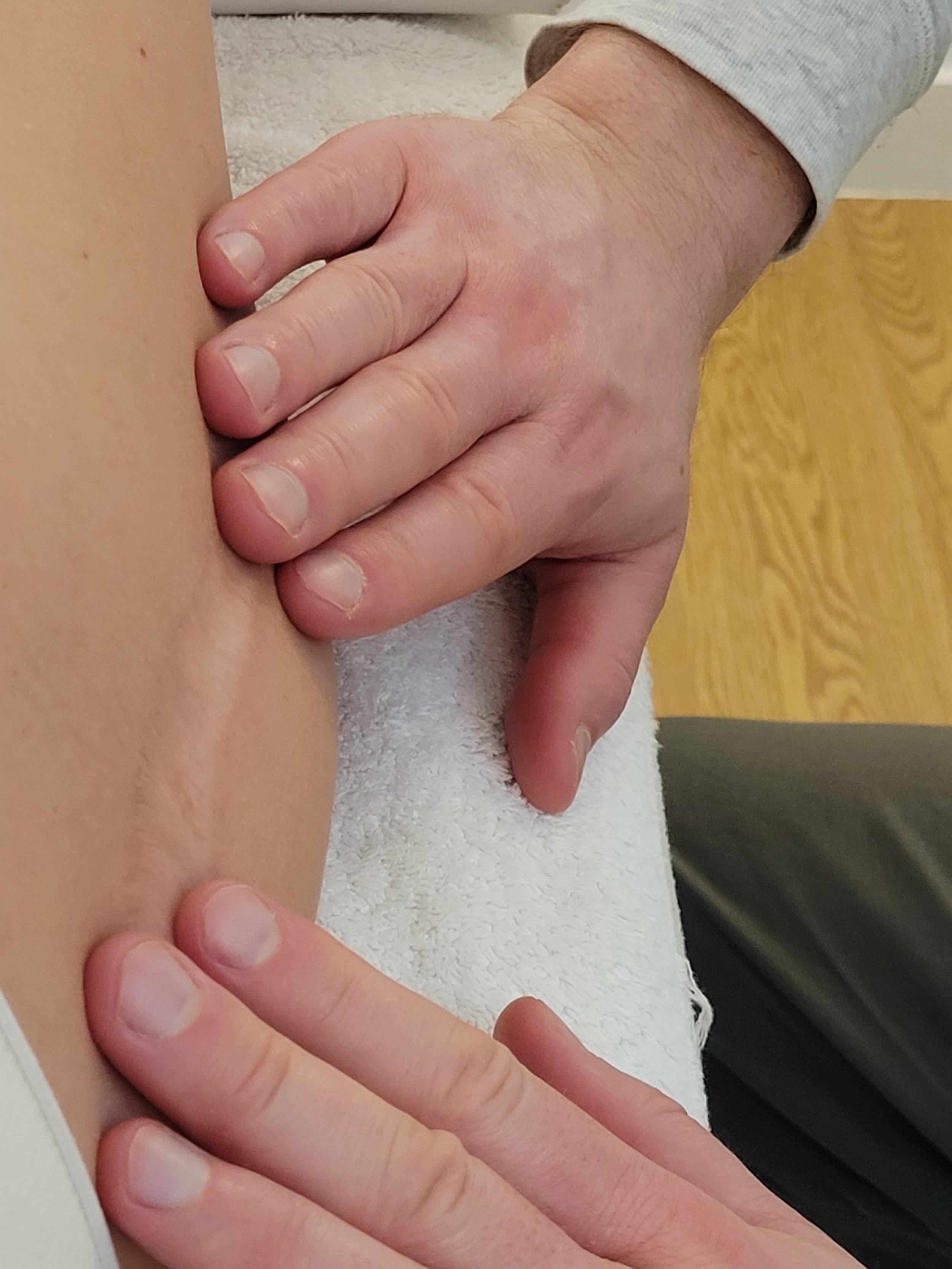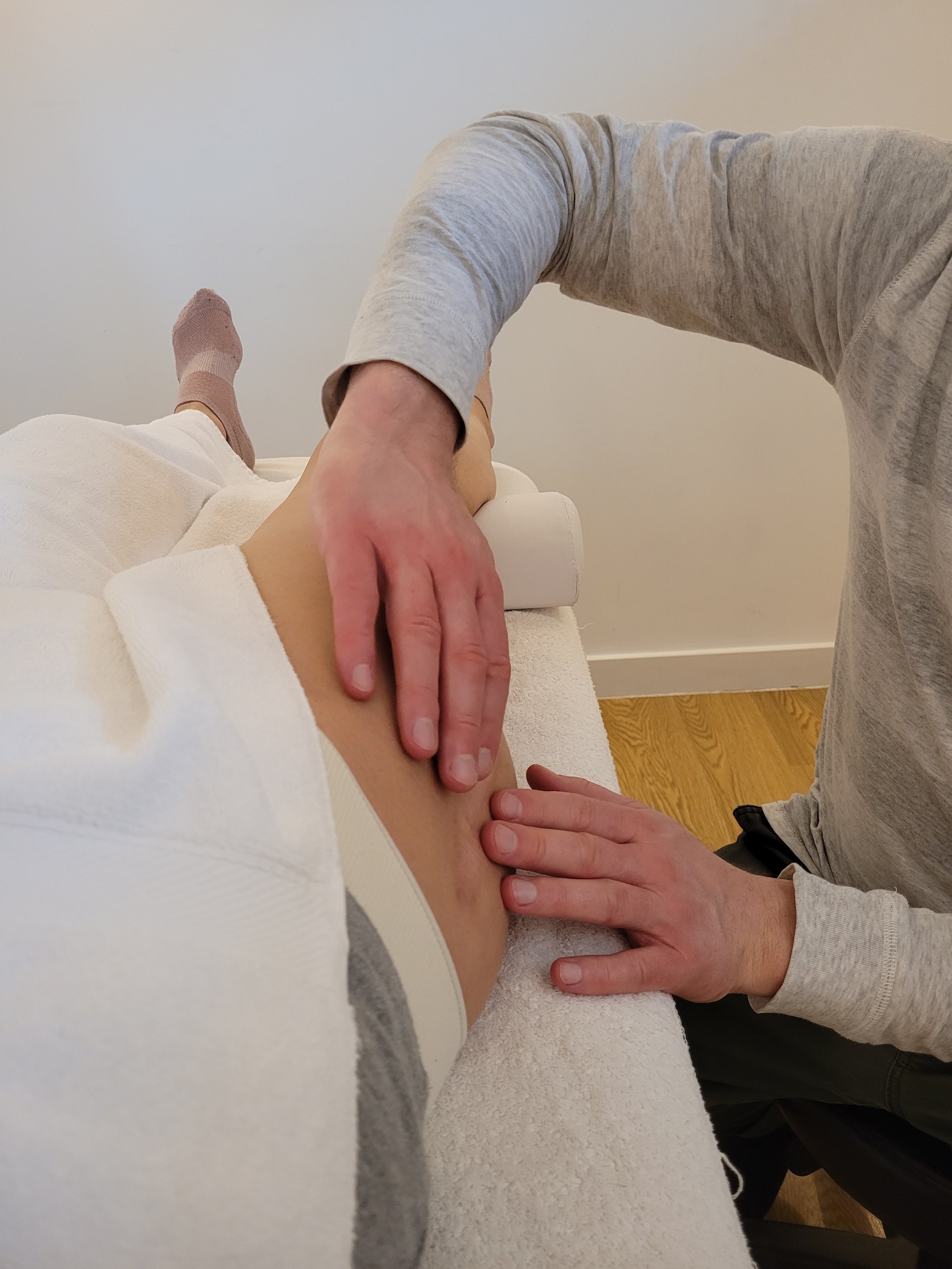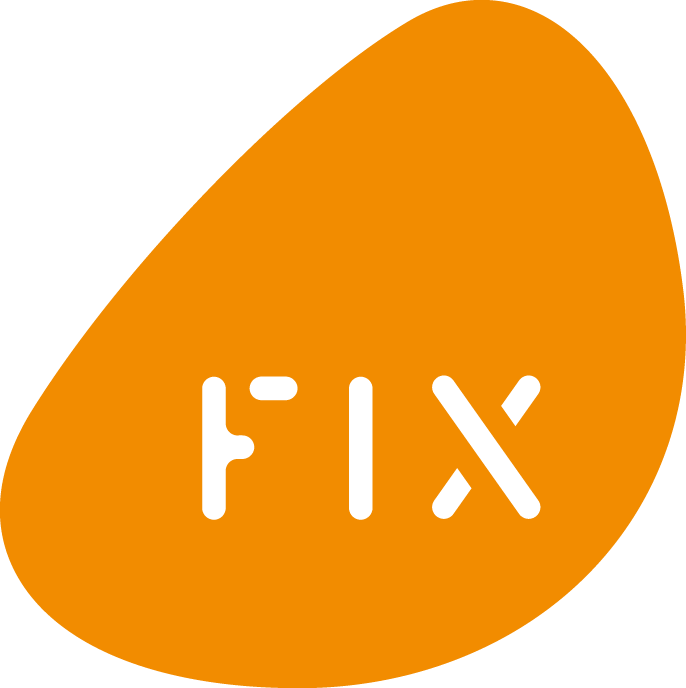THE SCIENCE BEHIND SCAR HEALING WITH CRANIAL OSTEOPATH SHAUN HOULT.
Scars can mean a lot of different things for different people. If you’ve found yourself here reading this blog post, it’s likely you have a scar or two and likely have some kind of negative connotation with it.
For most people, their concerns around their scars most likely revolve around either;
- Their appearance and its effect on your confidence levels, or;
- The physical hindrance scars can have, preventing you from being able to move as freely or smoothly as you once did. Perhaps affecting your digestive system or reproductive health.
- Or all of the above!
Whatever your circumstances, there are good reasons to want to optimise your scar healing, whether they are minor scars or thicker ‘keloid’ scars, new scars or even those that have been with you for decades!
When you think about it, scarring is a rather useful feature. It’s a physiological process that allows us to bridge the gap in a wound and then heal to the best of our ability, given the circumstances. The first scar that any of us will have is that of our navel/belly-button. The healing of a detached umbilical cord. Scars don’t just present on our skin’s surface but can also be used as a healing mechanism after any internal tissue damage.
However, what a scar represents to you may be less focused on the benefits of wound healing and more on the memory of the circumstances that led to a scar being needed in the first place. And understandably so! Many people may even feel disconnected from that part of their body, the body’s way of protecting oneself from the trauma. In a safe environment, addressing these past wounds can ease a significant stress on the body and the nervous system, allowing the healing to take place.
So, why do some scars heal better than others and what can we do about those that don’t?
As a body-worker, there are three main factors that will take priority for scar healing and any impediment to these can heavily influence the healing outcome:
- Circulation
- Fibre orientation and alignment
- The nervous system
Circulation
As I’ve mentioned earlier, the role of a scar is to bridge the gap in a wound.
In the early stages, inflammatory processes will be taking place to make scar formation happen and one of the cells involved are called myofibroblasts. Myofibroblasts are the molecules that contract and pull inwards on the scar, closing the wound and giving it resilience. This allows the healing process to continue uninterrupted by a wound that would otherwise keep breaking open.
The problem is, even once the scar is strong enough, if the healing hasn’t completed its full process, inflammation and its myofibroblasts can remain. The result is a scar that is tight and much less flexible than the surrounding, healthy tissue.
Here is where optimal circulation is crucial. To provide all the oxygen, nutrients and chemicals required for healing but to also drain any excess inflammation. So long as there is inflammation remaining, the healing is seen to be incomplete and tightening myofibroblasts will remain.

HOW IMPROVING CIRCULATION CAN HELP WITH SCAR HEALING
Treatment will aim to optimise circulation to the scar by easing any tensions that are impeding on the blood vessels and disrupting their flow. Since blood and fluid flow from the heart to the scar and back again, treatment will likely involve working on the whole body, not just around the scar. Inflammation needs to be cleared for three weeks in order for these myofibroblasts to break down and clear. They can otherwise remain permanently if left unaddressed. It’s not perfect but as far as the body is concerned, the wound is protected.
Fibre Orientation and Alignment
Every tissue in our body is made with fibres of different qualities running in specific directions. Much like the fibres of our clothing, different fibre material and stitching methods will give the clothing different qualities and different strengths. Fibre direction of any body tissue will run along the lines of stress. ie. they’ll be reinforced in the direction that a tissue is stretched or compressed and will provide the adequate strength needed, but also the appropriate flexibility. What’s interesting is that our tissues are piezoelectric, meaning that they generate electrical current in response to mechanical stress. It’s this electrical current that orientates the fibres in our tissues
Scars are no different. They are made largely from fibres of collagen and the direction with which these fibres run will make a big impact on the scar’s strength, flexibility and malleability. What can happen with a scar, however, is that instead of the fibres running in just two directions (lengthways and sideways in a basket weave fashion as is the case in healthy skin) they generally can go from being an immature thickened scar with collagen fibres running in just one direction that isn’t as strong or flexible, to transforming into a thick, jumbled, tangled mess of fibres running in every direction which will leave a very tight, inflexible scar.
Why?? This first example is that of a scar that is still in the early stages, with inflammation still present making it unable to mature and move through the final stages of healing. The second example is that of a scar that has had impaired healing. In the early stages of wound healing, the body just wants to close the wound and stop bleeding as soon as possible so a tonne of collagen fibres are laid down in one direction, and that is to bridge the gap. What should then happen over 3-6 months, once the wound is stable and inflammation has cleared, is everyday movement and exercise should gently stress the scar in the directions with which it is required to be both strong and flexible. This mechanical stress then generates electrical current, and the fibres should reorganise and align themselves accordingly. I’ll touch more on this in the final point of this blog post.

WHAT TO EXPECT FROM YOUR SCAR THERAPIST
So along with improving circulation, treatment may involve (very) gently stressing the scar in the directions with which it needs to be more flexible. You may be surprised just how gentle this needs to be. If too much stretch is applied or massage is done too strongly, it will very likely increase the inflammation in a scar, which as described above, will lead to more myofibroblasts contracting and tightening. This tightness will also further impede on circulation, preventing the drainage of inflammation and the myofibroblasts will remain. Subtlety is key to treatment!
The Nervous System
The nervous system plays a very crucial role in not only healing of scars but the healing and maintenance of all tissues in the body. Specifically, the autonomic nervous system (ANS).
What the ANS does is regulate and control the everyday maintenance of the body in response to the changing environment (both changes within the body and changes outside of the body). Now, when there’s been an injury that then requires healing (sometimes scarring), various nerves will signal the ANS of the damage and the ANS will go into ‘Alarm’ mode, or ‘Danger’ mode. This is crucial as, time is of the essence, so the ANS directs its focus on the immediate wound healing at hand.
The problem is, when the threat is large enough, or the situation that led to the injury was significantly stressful (perhaps a caesarian that wasn’t planned and was a rather traumatic event, or an unexpected injury such as from a car accident or a traumatic sporting injury), then the ANS may ring its alarm bell so loud that it doesn’t turn off long after the threat is gone. So the ANS remains in this state of hyper-vigilance ‘just in case’ the threat returns. With the ANS ‘stuck’ in this ‘Alarm’ mode, it’s so focused on what it perceives as an ‘immediate threat’, it’s forever trying to heal a wound as though it has just happened rather than letting it settle, reorganise and mature. Here, the ANS is too distracted to be paying attention to general healing and maintenance.
This is why scars can be so crucial to treat. Not because of the scar itself but because of the threat that led to the injury in the first place. The scar can simply be a site that has set off alarm bells in the ANS and is distracting it from its day to day roles.
~ This means that an unresolved scar can lead to poor healing and maintenance of any other part of the body!!!
~ At the same time, a previous injury or insult to the body that is still setting off the ANS’s alarm system may be the reason why your current scar isn’t healing adequately!
HOW CALMING THE NERVOUS SYSTEM CAN BE CRUCIAL TO SCAR HEALING
Treatment will employ a range of techniques to help settle the Autonomic Nervous System down, bringing it back to a responsive system that focuses on day to day healing and maintenance.
– Also, it is the ANS that controls our circulation – addressing the ANS will also be significant in addressing the first point listed above for scar healing; circulation.
– The nervous system, essentially being channels of electric current, can also have their signalling disrupted by electrical interference at the site of injury, and vice versa. This is where one can get what is known as keloid scarring – the wider/larger scars that are thick and visibly obvious as a jumbling of scar fibres.
Addressing this electrical interference at the scar and within the ANS, allows a restoration of normal electrical current with which the scar’s fibres can reorganise and align to. This helps to address the second point of scar healing; fibre orientation.
ABOUT THE AUTHOR
Cranial Osteopath Shaun has recently joined us here at Fix, with an emphasis on scar healing, improving lymphatic drainage and circulation, and the treatment of past traumas and injuries. He has over 12 years experience working as an osteopath, preceded by four years as a sports trainer, with interests in treating recurrent and complex injuries, chronic health conditions, and optimising general healing.
Shaun Hoult
shaun@fixlondon.co.uk
Cranial Osteopath
